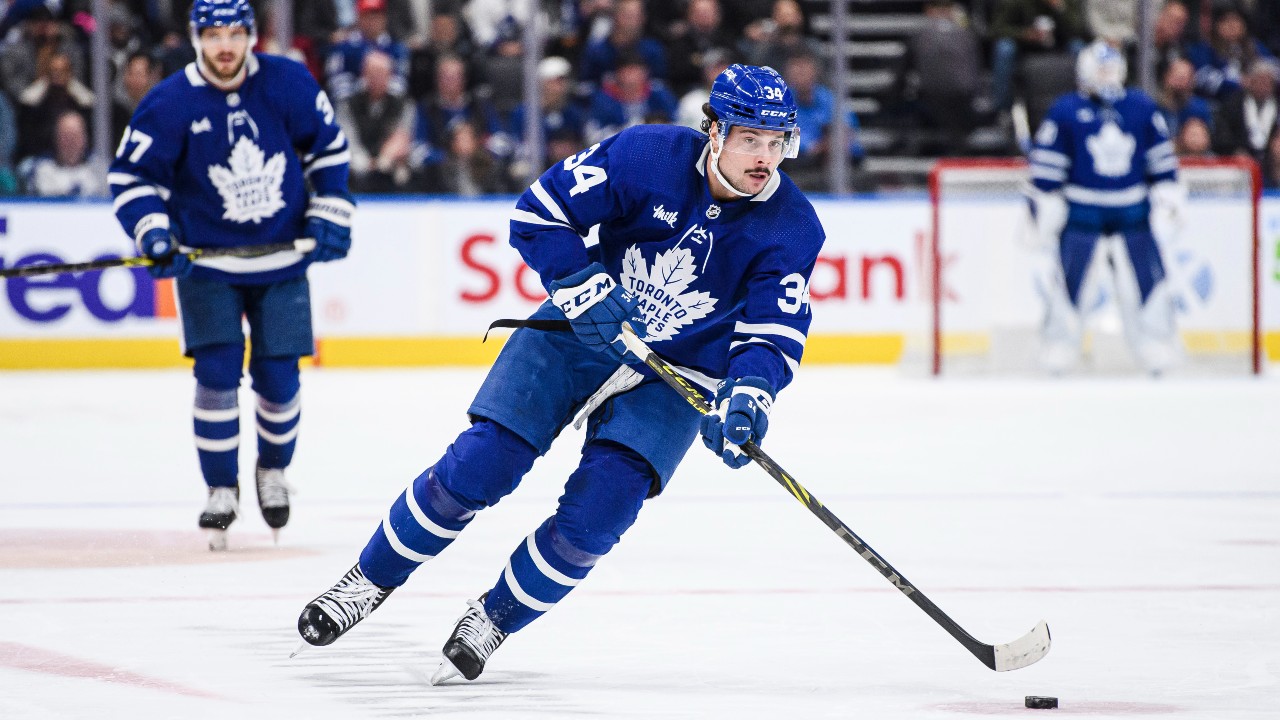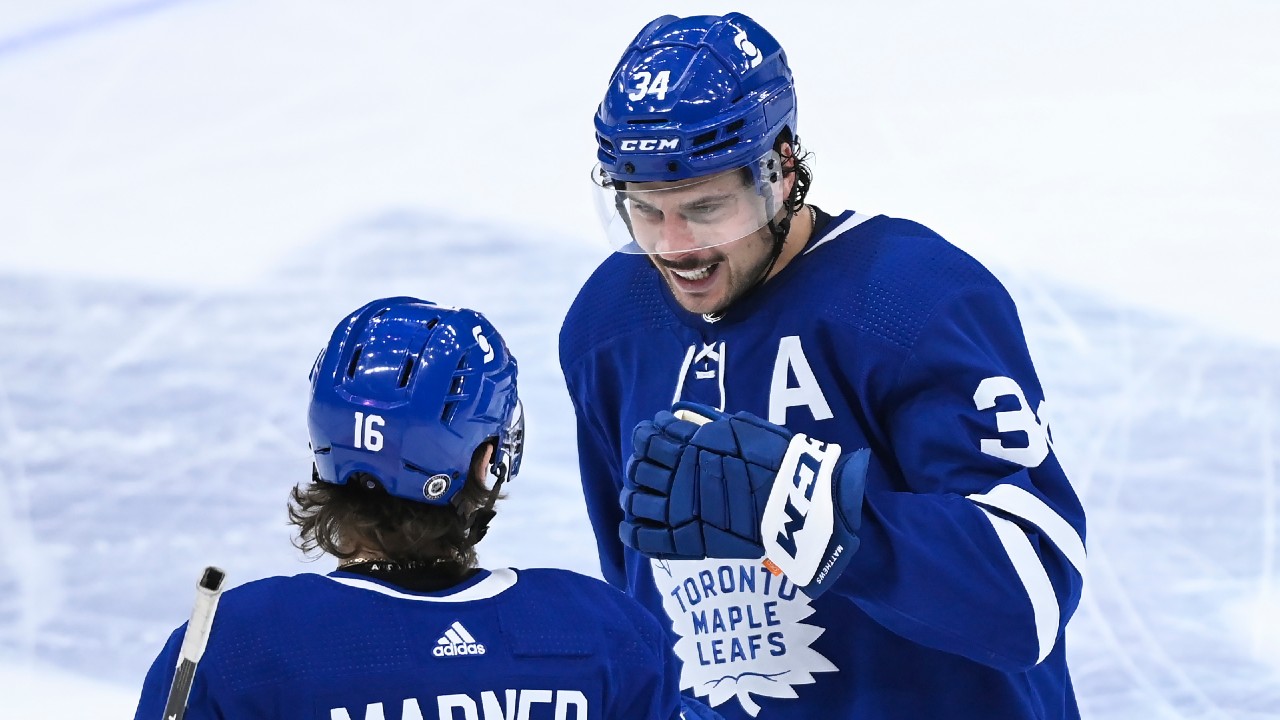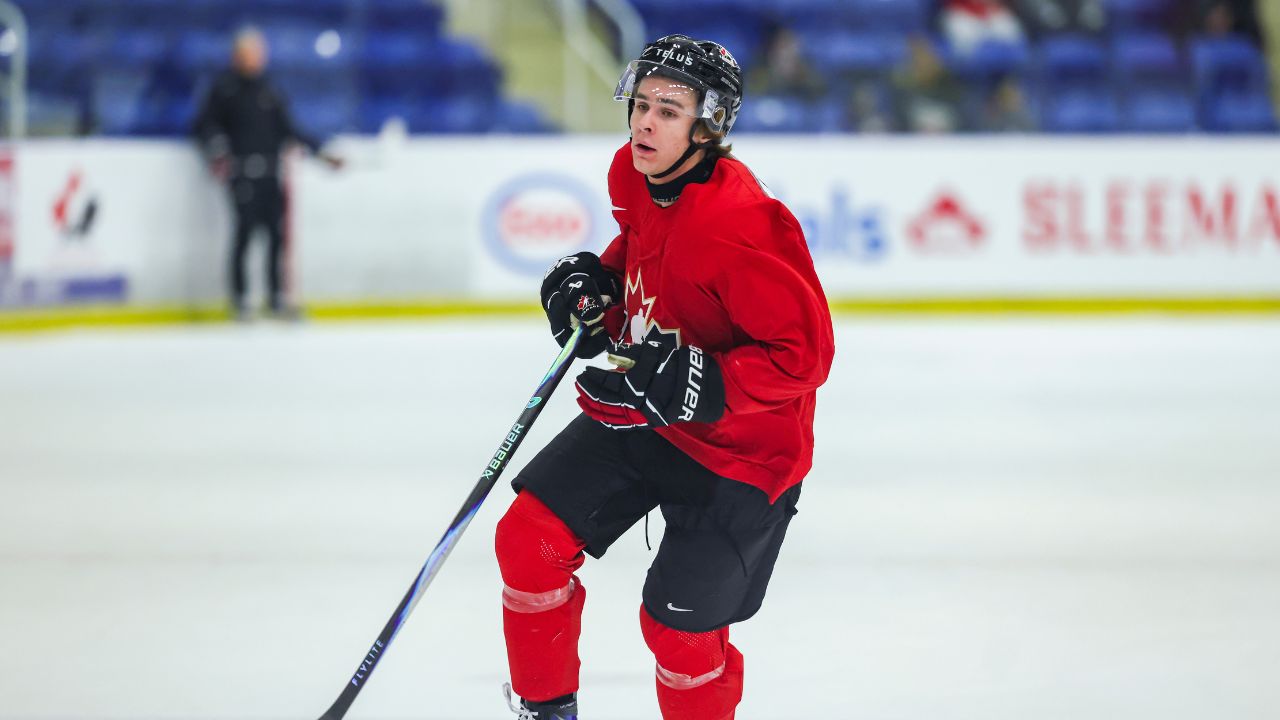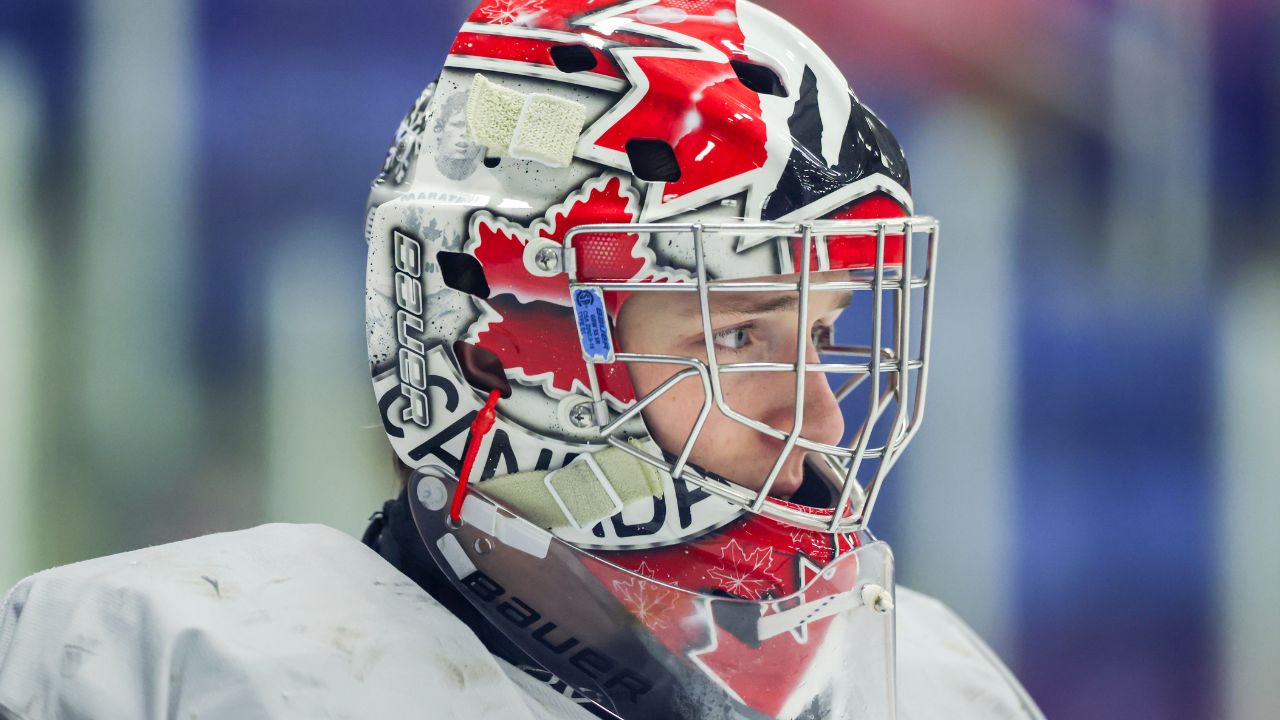
Auston Matthews looks different this season, there’s no denying that. After scoring 60 goals in 2021-22 – leading the second-place player by five despite playing seven fewer games – most expected at least a similar output from a player who just turned 25 as this season began.
At the halfway point, despite missing only two games, Matthews is tied for 20th in the NHL with 20 goals, alongside names such as Ryan Nugent-Hopkins and Alex Tuch. That’s a goals per game rate of 0.49, a season after posting a 0.82. As it stands, he’s not outscoring his linemate William Nylander, nor the team’s 2C in John Tavares.
That may sound like criticism, but they’re just the facts. He’s scoring far fewer goals this year, and with that have come all the theories, none of which are being scoffed at here: maybe this nagging injury he’s been sitting out with has been hampering him all year; maybe he’s prioritized defending; maybe he had a less-focused off-season; maybe telling a person the only thing that matters is what they do in April effects their play in October.
Of those suggestions above, I’m most curious about the one I’ve kinda wedged in the middle there: that maybe he’s prioritized defending. I’m most curious about it, as it’s the only one that isn’t really a problem, and it would be a shame if the player were playing equally effective hockey and we were missing it purely because the guy hasn’t been shooting the puck in the net as much. If that is the answer, we need to add “maybe he’s actually been pretty darn good” as an option.
Going into this season, my co-host on Real Kyper and Bourne – that would be my guy Nick Kypreos – talked about Matthews and said that what he wants to see is the evolution of the player from a pure scorer to an all-around force. More Patrice Bergeron, less Alex Ovechkin. In looking for ways that this season is different for the Leafs – something we do regularly on our show – that would be a development to follow.
After 41 games from Matthews, it appears as though that’s exactly what’s happened, at least statistically. From the eye test he doesn’t seem as dominant, as electric, but boy, it sure seems like he’s turned himself into one of the best players in the league on the other side of the puck.
Let’s get into the numbers.
The first is something that’s tracked by SportLogiq, and is something I mentioned on the show earlier this week: defensive plays. That’s a combined stat of exactly what you’d expect: blocked passes, stick checks, block shots, etc.
At five-on-five, Matthews has the top raw total in the NHL by a wide margin. The top-10 is a who’s who of defensive forwards you know, which includes Phillip Danault in second with 197, and Patrice Bergeron in fourth with 190. Matthews’ total is a whopping 265, which looks a lot like the below. This is just from his past few games, as you get the idea.
Keep in mind “defensive plays” can occur in any zone.
(The most surprising name that comes up in some of these defensive categories this year is Leon Draisaitl – he’s third in this stat – who’s also evolving as a big centre learning to use his size and strength to get the puck back quickly. Shout-out to Elias Pettersson as well.)
Matthews’ involvement in the defensive side of the game has been clearly evident through these defensive plays. I sorted the league by defensive touches (per 20) among forwards, and here have been the ranks of King Selke, Patrice Bergeron, the past five seasons, starting with 2018-19: 2nd, 1st, 1st, 2nd, 3rd.
Matthews: 42nd, 37th, 7th, 3rd, 1st.
Fun tidbit for Leafs fans: by this metric, David Kampf is ninth in the NHL, and also shows up in heaps of defensive stats as long as you sort by “per 20” or “per 60” as he just doesn’t play a ton.
Matthews is first in blocked D-zone passes, again just ahead of Bergeron. He’s first in total blocked passes (all zones), joining a top-five that includes Draisaitl, Bergeron, Mark Stone, and Mikael Backlund, two other elite defensive forwards.
To round it out, Matthews checks in at first with — ugh I have to type this — 69 total stick checks (obligatory “nice”), which is 18 better than second place Sasha Barkov.
When you compare Matthews’ numbers to his own previous seasons, he’s been superb, particularly at the things that make us consider a player “well-rounded.”
His hits-per-game total is far and away the most he’s ever had, averaging 4.41 per 60, where his first couple seasons in the league saw him average 1.03. He’s at a career high in shots blocked per game (4.22, up 0.7) a career high in penalties drawn per game (1.63, where last year was 0.61). By individual expected goals, he’s having the best 5-on-5 season of his career, barely edging out his rate from last year. His rate of primary assists is a career best, too.
In fact, the only places I can really find much decline are in raw goals, his shooting percentage (which are obviously tied together), his faceoff percentage (which is still nearly 53 per cent), and his individual points percentage, which is “what percentage of the goals that you’re on the ice for did you get a point on?” (There’s some luck in that last category, and he’s at a career low rate of 65 per cent, after getting a point on 75 per cent of them last year, and 85 per cent as a rookie).
At last update, The Athletic‘s Dom Luszczyszyn’s Game Score metric (a measurement that assesses a player’s total contribution, which I think is pretty useful) had just five players ahead of Matthews this season (Connor McDavid, Jack Hughes, Jason Robertson, Adam Fox, David Pastrnak).
So yes, Matthews’ season has been more than OK.
But now to the opinion portion of this column: I don’t think anyone, Kypreos included, actually wanted Matthews to go from 60 goals all the way to 40 for a few more blocked shots and takeaways. Even if Matthews wanted to prioritize other things, maybe he thought he’d sacrifice a few goals — perhaps 10 — and not a third of his total production. Scoring goals is the hardest thing to do in the NHL, and so having someone who does it at an elite rate is far more valuable than someone who hits career highs in the David Kampf Categories.
The Leafs need Matthews back playing his best and scoring, and I’m confident some time off and a little more luck will have him produce at a far more proficient rate in the second half. Fifty goals isn’t yet out of the question.
But he has looked off from his best to many, which opened the door to all those other theories above. Maybe it’s been injury, maybe it’s “only playoffs matter,” maybe it’s something human like he went through a bad break-up or he hates his new pillow. Maybe teams are just playing him harder. (Or again, maybe this actually is the game plan.)
Whatever is going on with Matthews, you can be sure of two things about his first 41 games: it hasn’t been as offensively dominant, but he’s become a far more well-rounded player. Maybe he’s not pulling butts out of their seats as often as he was last season, but perhaps that shift in style will keep those butts in seats for games past April.
And if that happens, fans won’t care how he gets it done.







